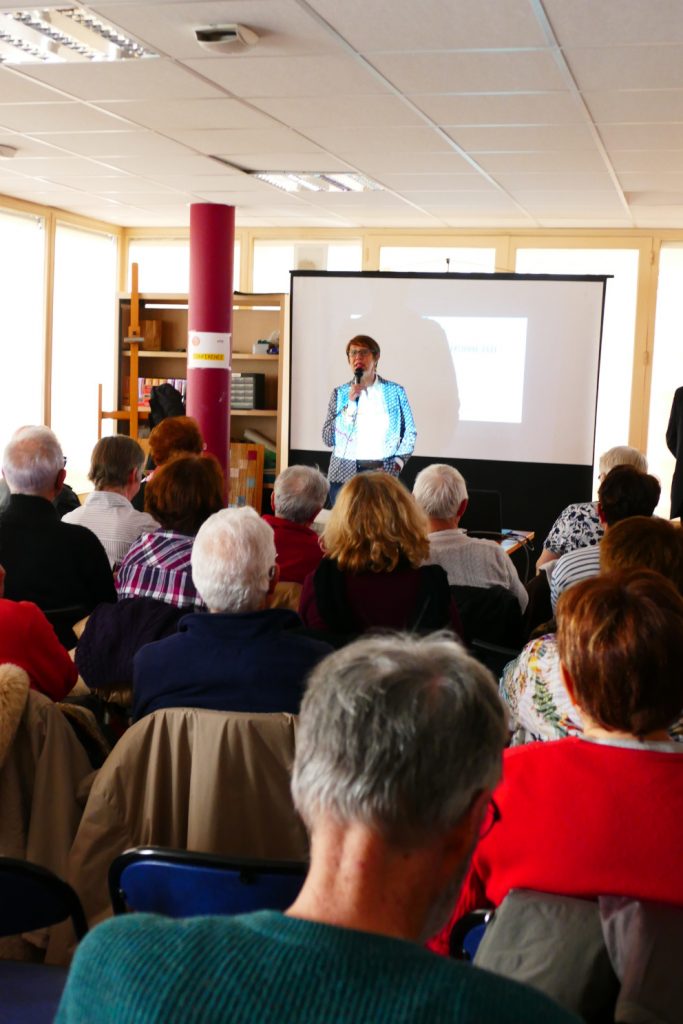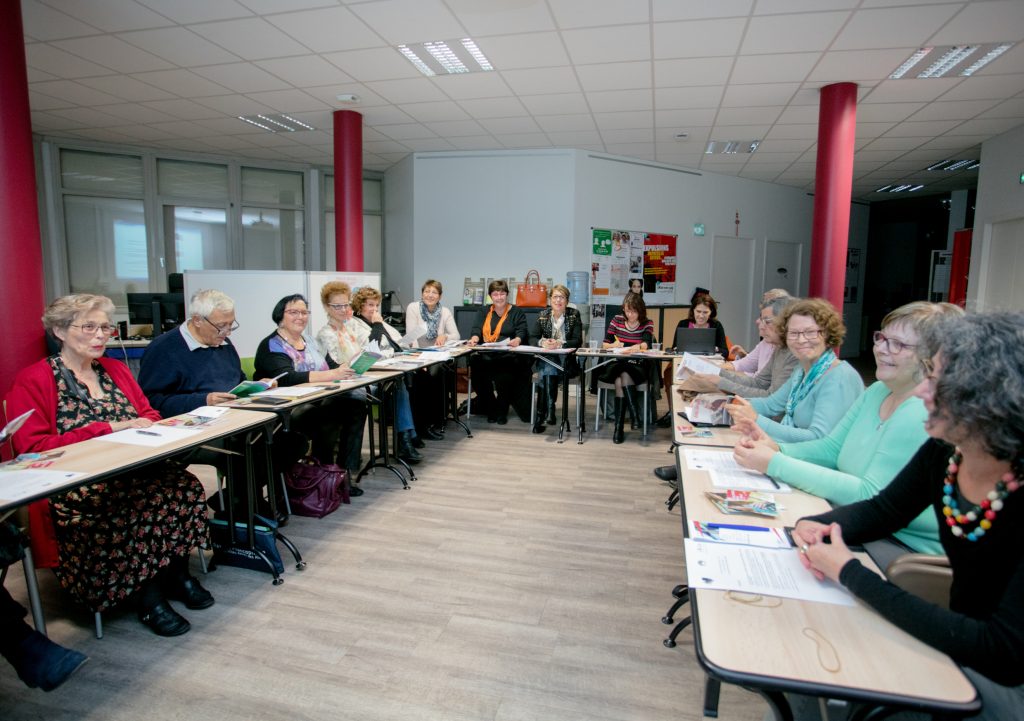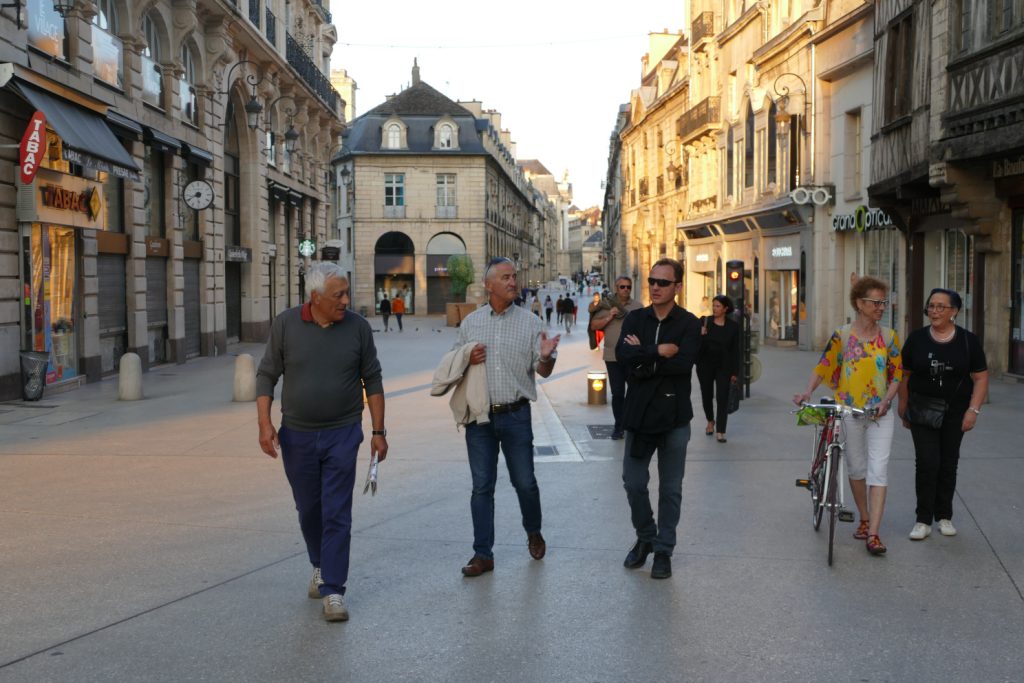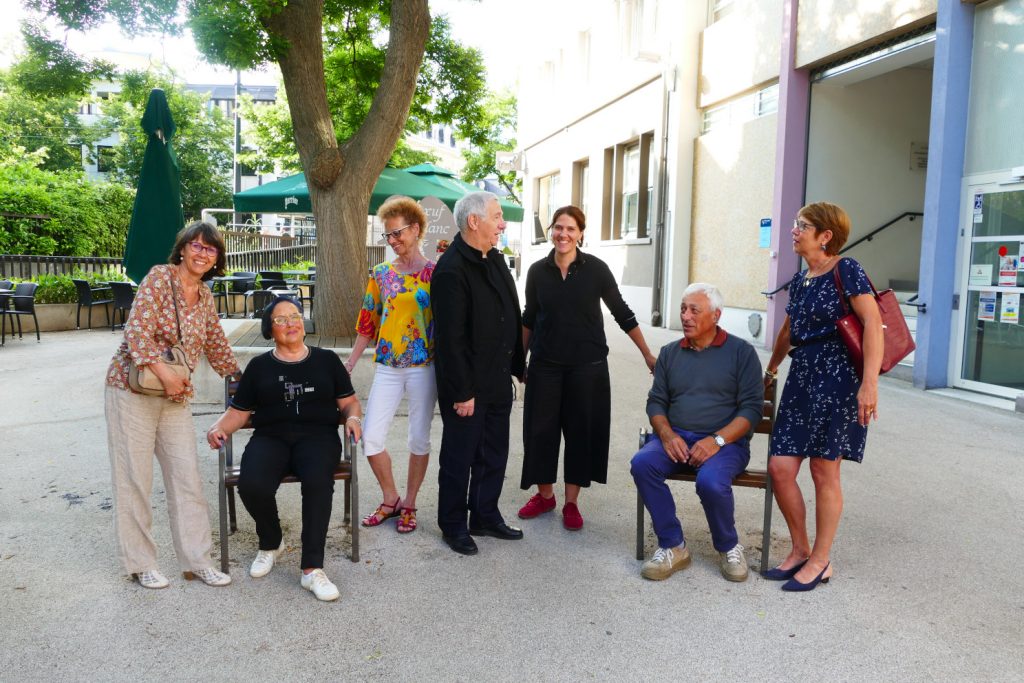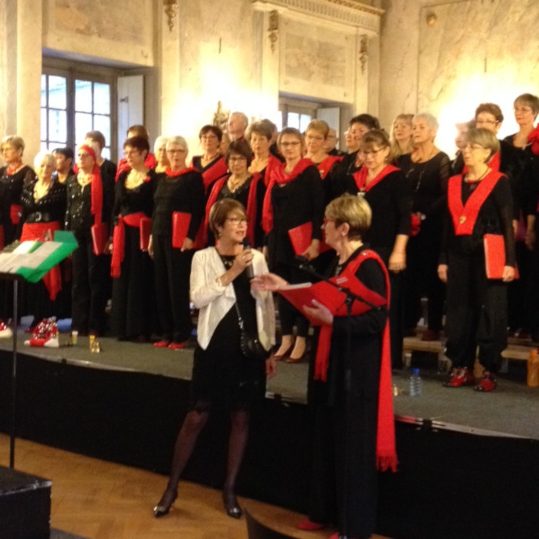Case Study: The Age-friendly Programme in Dijon
Dijon’s engagement in the age-friendly movement began in 2009. For more than a year, the city consulted a variety of experts, including older residents, and set up working groups to help identify priorities for its ageing programme (1) (2). The city formally joined the WHO Global Network for Age-friendly Cities and Communities in 2010 and has been an active member of the Réseau Francophone des Villes Amies des Aînés [Francophone Network of Age-Friendly Cities] since its creation in 2012. This network, which by 2018 had connected 121 members across the French-speaking world, encourages the exchange of knowledge and innovations to support older people.
Dijon’s age-friendly programme aims to foster a sense of community within the city. It is not seen exclusively as an ageing initiative, but rather as a project that can benefit different age groups. Dijon aims to “imagine a city that responds to the needs of both younger and older people of today and tomorrow” (3). This intergenerational perspective when developing age-friendly initiatives is one of the pillars of Dijon’s age-friendly programme.
Dijon’s broad-ranging approach to age-friendliness is multi-faceted. In 2018, the priorities for action included: tackling the social isolation of older people; improving communication with the older population while encouraging the publication of clear and readable documents, tools and information; promoting mobility; and addressing residents’ changing transport needs as they age (4).
Challenges and Strategies for Progress
© Dijon, France - World Hearing Day 2018
Dijon is a medium-sized city in the central Bourgogne-Franche-Comté region of France, with a population of 155,114 (2015 figure) (5). By 2015, 22,1% of the population was aged 60 years and over and the number aged 85 and above has almost doubled over the past 20 years. Like other developed countries with an ageing population, one of the challenges over the next decade will be providing care and support to people as they age. While the number of older people aged 75 and over will increase, the proportion of the population aged between 55 and 70 years old will decrease, reducing the ratio from 3.1 potential informal carers in this age group per older person in 2014, to 2.2 in 2032.
Overall, the programme targets the whole ageing population but also pays close attention to the frailest and most at-risk individuals, for example people experiencing precarious financial, housing or health situations. Dijon has explored different ways to support these groups, including the development of an initiative targeting the least visible groups of the population.
In line with the city’s intergenerational approach, a variety of stakeholders are involved in shaping and delivering Dijon’s age-friendly initiatives, including elected officials, institutional and associative partners, the city’s services, retirees’ representatives, local residents, professional experts, neighbourhood representatives and academics. Recent development of Dijon city has brought new challenges that benefit from this cross-societal approach. For example, older people’s experience of their city can be adversely affected by worsening security in certain areas, the loss of local shops, and increases in the costs of living (6).
Age-friendly City Projects – Examples of Success
Dijon has developed a range of focused implementation projects to promote its evolution into an age-friendly city.
Older people, for example, can visit La Maison des séniors [The Older people’s house], a space dedicated to welcoming, informing, orienting, and helping anyone needing support with an ageing-related issue. Launched in 2013, La Maison des séniors aims to be a key resource for all the community, including older people, their families, and professionals. Residents can stop by in person or phone to ask questions, meet with a professional, learn more about the city’s services and take part in various cultural and leisure activities. The building also provides a physical place for people involved in the age-friendly movement to meet and exchange information.
© Dijon, France - Working group of l'Observatoire de l'Âge
From the start, Dijon made sure that local residents played a central role in shaping policy on creating an age-friendly city environment. This included the development of an innovative platform called l’Observatoire de l’Âge [Observatory on age] that provides a participatory mechanism for both reflections and proposals. The platform brings together 83 members (2017 figure), divided into six commissions comprising: 10 elected officials; 39 residents and nine neighbourhood representatives; six retirees representatives; four institutional partners; 10 professional experts; and five academics (7). Working groups are formed, comprising representatives from each of the commissions, and allocated specific themes for which they develop concrete proposals and projects. These organisational structures gather different points of view and experiences on a topic and promote an environment in which individuals are encouraged to look at age-related challenges from different perspectives and together prioritise issues and reach compromises.
Taking part in networks such as the Réseau Francophone des Villes Amies des Aînés and the WHO Global Network can also contribute to this aim and allows stakeholders from different cities to share their experiences. This way of working can be beneficial for the development and sustainability of the programme by bringing together participants from different places and creating long-term dynamic relationships.
© Dijon, France - Urban pedestrianisation projects
A number of Dijon’s projects address specific practical challenges faced by older people. For example, the city has pedestrianised certain areas and reviewed the accessibility of its tram platforms in order to ease access to the city centre. More city centre benches and chairs have been provided, pavement curbs lowered to increase the walkability of the city centre, and more public toilets provided (3). The result has been improved accessibility for older people and a more dynamic city centre space.
© Dijon, France - Testing accessible urban furniture
A new opportunity for social interaction has been created through a seniors’ restaurant initiative for people known to social services. Participants are transported, by professionals and volunteers, from their house to a neighbourhood restaurant for a sociable group meal. Restaurants are selected based on their accessibility and affordability in order to allow a majority of participants to take part in the activity.
Another example was the so-called mobility day of activities organised for the second time in 2018 by the l’Observatoire de l’Âge to encourage people to remain mobile as they age, including through the use of mobility aids adapted to their needs and capacities. Dijon’s residents had the opportunity to try different modes of transport with two, three or four wheels (such as bicycles, tricycles, electric bicycle, scooters and motorised scooters) and to learn more about the different mobility aids that are available.
Future of Dijon’s Age-friendly Programme
© Dijon, France - Activities and events such as choral concerts help combat older people's isolation
While much has been achieved, a number of areas for further action have been identified for the coming years. These include improved digital access as older people benefit greatly from being able to use and communicate through technology but are not always familiar and confident with these tools. More also needs to be done to reduce social isolation, particularly for groups most at risk, including older people and people with disabilities. Another priority is the situation of family carers and how to meet their support needs. As the number of residents aged over 75 years continues to increase, Dijon would like to pay more attention to supporting the oldest groups and their carers. This can include more housing adaptations, at-home services, respite measures for carers, preventive and leisure initiatives and transport facilities to support these groups.
As the age-friendly movement expands, public attitudes can still be a barrier for the development of age-friendly initiatives and ageism has been described as a “blockage” and “the principal obstacle the city had to face” (1, p8). Older people can still tend to be seen as a burden and a homogenous group. Dijon believes greater emphasis should be placed on promoting a more positive vision of ageing. By using a ‘bottom-up’ approach, the city aims to widen understanding of older people’s needs and develop new and diversified solutions to ageing issues.
Acknowledgments: This case study was written in partnership with a team from the University of Manchester led by Tine Buffel and consisting of Tine Buffel, Natalie Cotterell, Chris Phillipson, and Samuèle Rémillard-Boilard; in collaboration with Angélique Giacomini, Nathalie Kelle, Muriel Martin, Pierre-Olivier Lefebvre, and Dominique Martin-Gendre of Dijon.
References
(1) Mieux vieillir ensemble un projet de ville pour tous. Dijon: Ville de Dijon; 2009.
(2) Dijon Ville Amie des Aînés. Rapport de progression. Phase I (élaboration du projet d’action). Du Réseau Mondial des Villes Amies des Aînés. Dijon: Ville de Dijon; 2014.
(4) Angélique Giacomini, Réseau Francophone des Villes Amies des Aînés, personal communication, July 2018.
(3) Dijon Ville Amie des Aînés (DIVAA). Une démarche au service de la ville où il fait bon vieillir jusqu’au plus grand âge. Bilan 2016. Dijon: Ville de Dijon; 2016.
(7) Dijon Ville Amie des Aînés. Une démarche au service de la ville où il fait bon vieillir jusqu’au plus grand âge. Dijon: Ville de Dijon; 2017.
(5) Institut National de la Statistique et des Etudes Economiques (INSEE).Dossier complet. Commune de Dijon (21231). Paris: INSEE ; 2018 (https://www.insee.fr/fr/statistiques/2011101?geo=COM-21231, accessed 17 November 2018).
(6) La ville de Dijon et les seniors. Rapport d’étude – Décembre 2009. Paris: TNS Sofres; 2009.


